Ben Sattelberg
Canonical Face Embeddings
Jun 17, 2021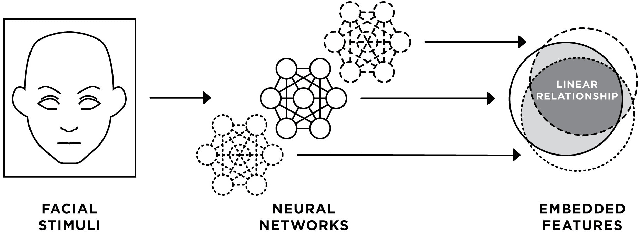
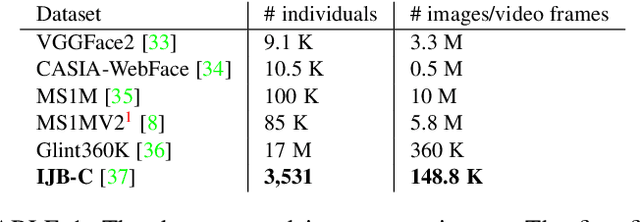

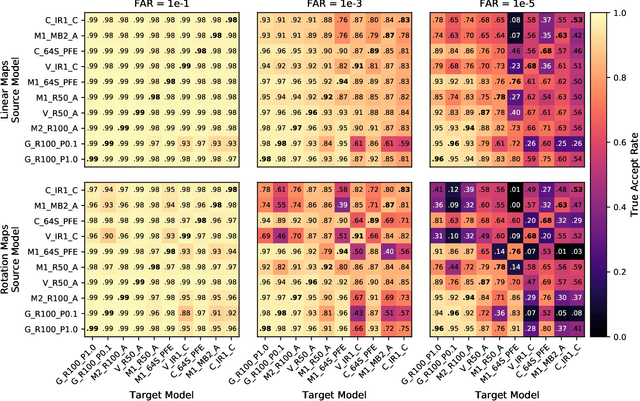
Abstract:We present evidence that many common convolutional neural networks (CNNs) trained for face verification learn functions that are nearly equivalent under rotation. More specifically, we demonstrate that one face verification model's embeddings (i.e. last--layer activations) can be compared directly to another model's embeddings after only a rotation or linear transformation, with little performance penalty. This finding is demonstrated using IJB-C 1:1 verification across the combinations of ten modern off-the-shelf CNN-based face verification models which vary in training dataset, CNN architecture, way of using angular loss, or some combination of the 3, and achieve a mean true accept rate of 0.96 at a false accept rate of 0.01. When instead evaluating embeddings generated from two CNNs, where one CNN's embeddings are mapped with a linear transformation, the mean true accept rate drops to 0.95 using the same verification paradigm. Restricting these linear maps to only perform rotation produces a mean true accept rate of 0.91. These mappings' existence suggests that a common representation is learned by models with variation in training or structure. A discovery such as this likely has broad implications, and we provide an application in which face embeddings can be de-anonymized using a limited number of samples.
Locally Linear Attributes of ReLU Neural Networks
Nov 30, 2020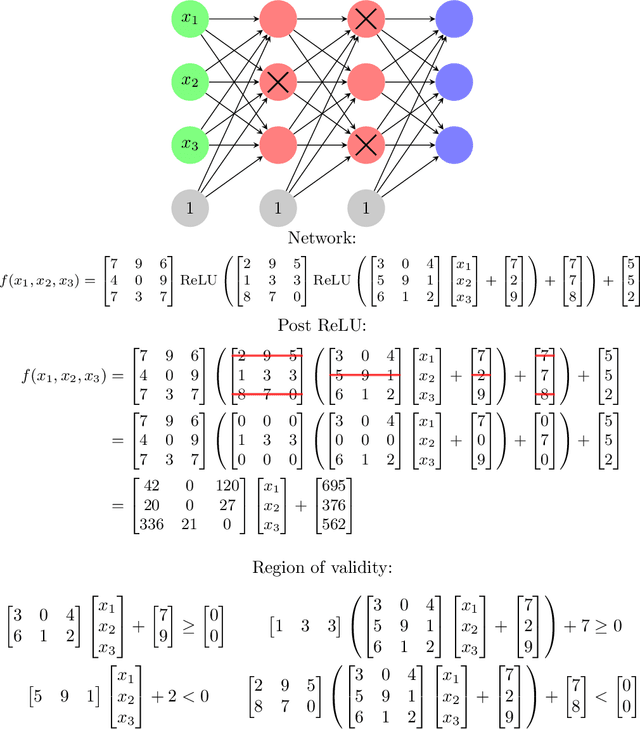
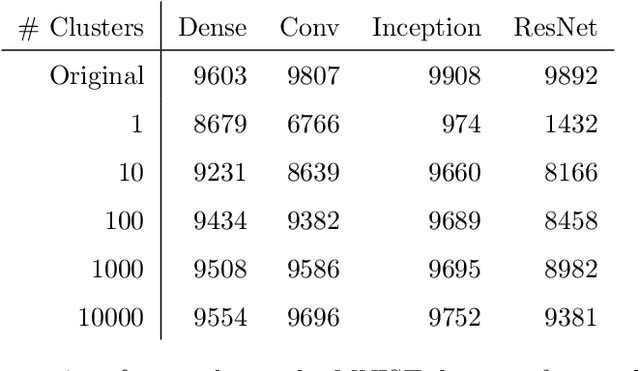
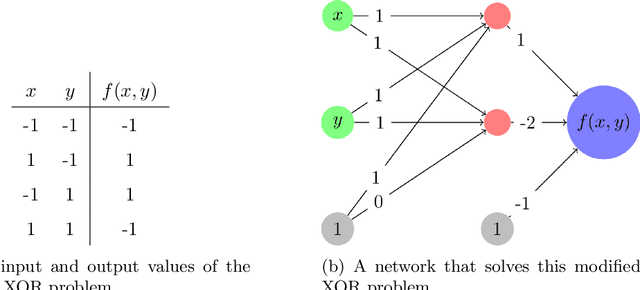
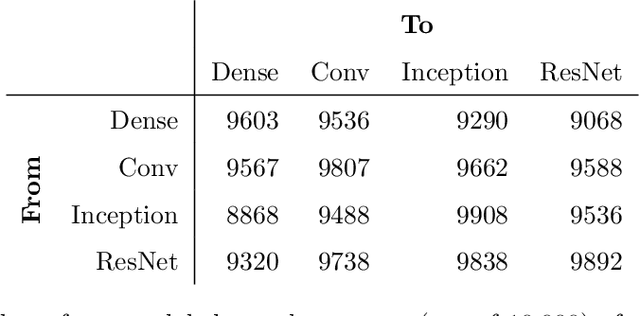
Abstract:A ReLU neural network determines/is a continuous piecewise linear map from an input space to an output space. The weights in the neural network determine a decomposition of the input space into convex polytopes and on each of these polytopes the network can be described by a single affine mapping. The structure of the decomposition, together with the affine map attached to each polytope, can be analyzed to investigate the behavior of the associated neural network.
 Add to Chrome
Add to Chrome Add to Firefox
Add to Firefox Add to Edge
Add to Edge